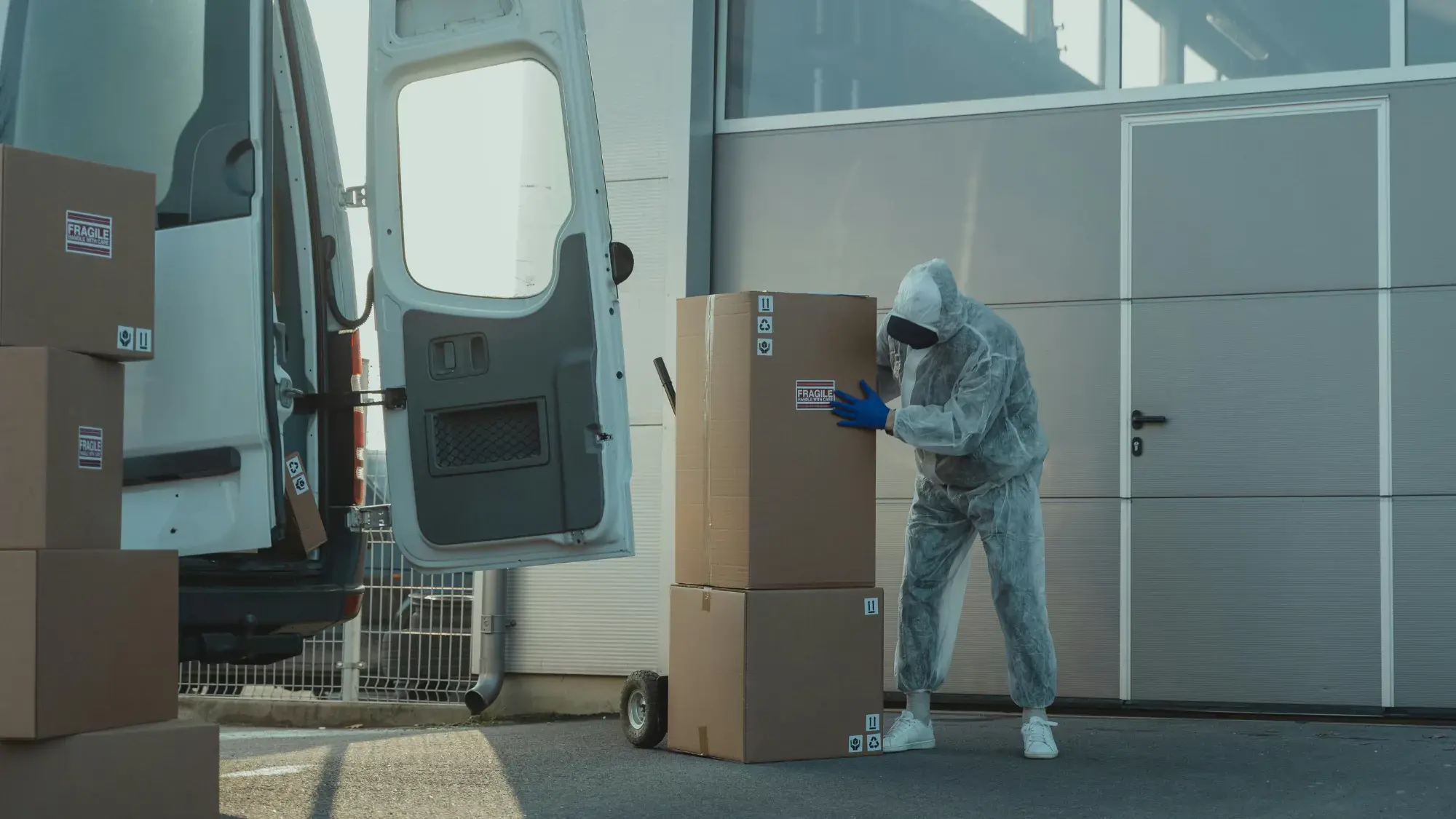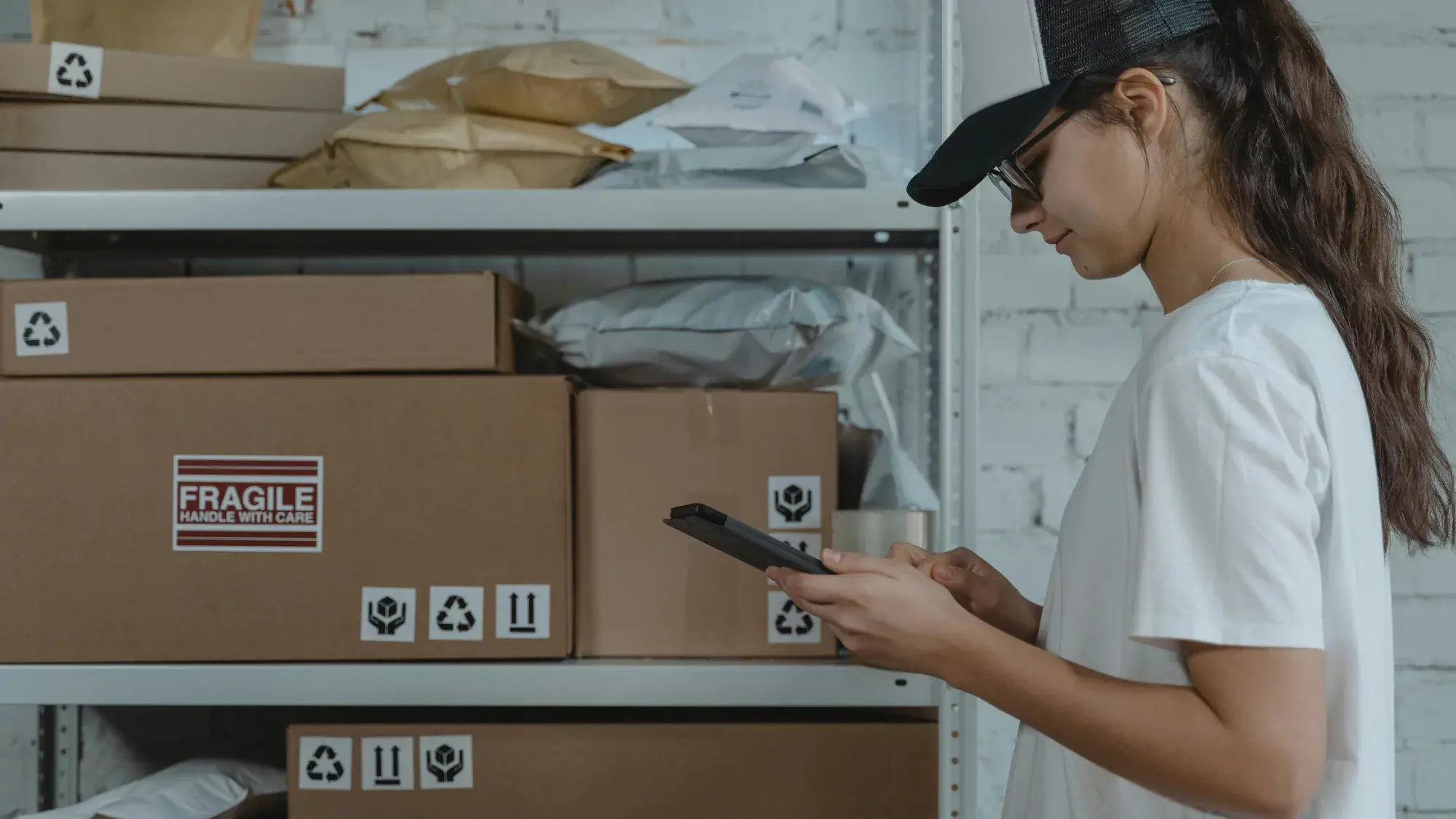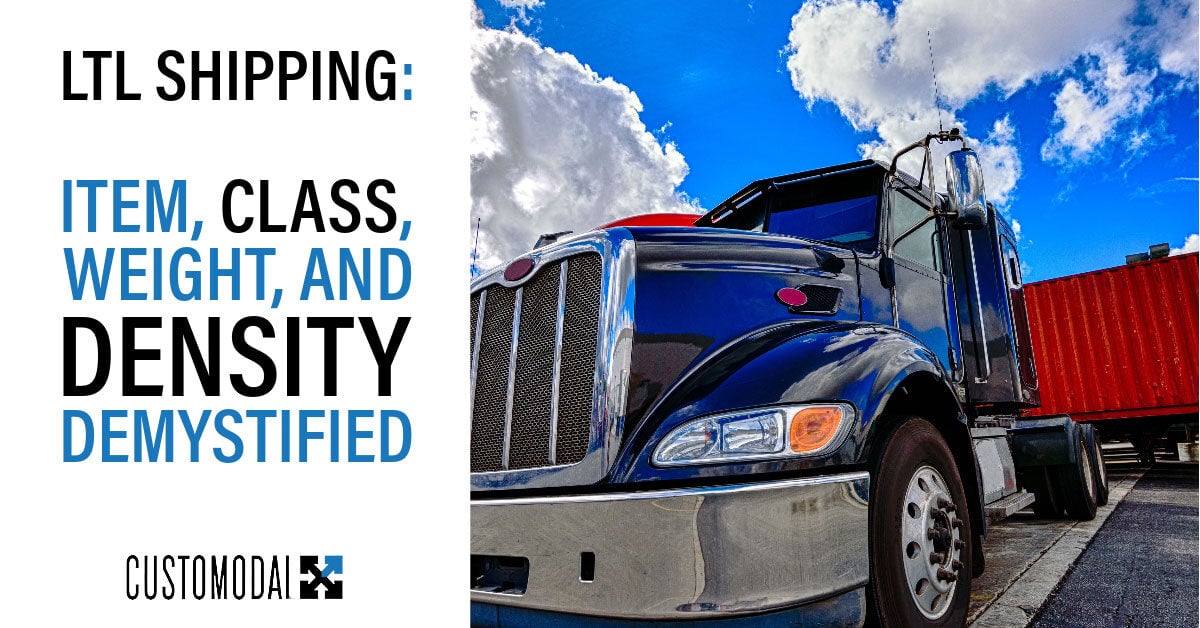
The landscape of Less-than-Truckload (LTL) shipping is on the verge of a significant transformation. With the 2025 NMFTA updates, particularly Docket 2025-1, shippers and logistics professionals must prepare for substantial changes in freight classification. These updates aim to streamline processes and enhance accuracy, but understanding the intricacies is crucial.
Let's outline what you need to know to navigate the evolving NMFC system and ensure your operations remain efficient and cost-effective.
The LTL Landscape is Shifting
The National Motor Freight Classification (NMFC) system, a cornerstone of LTL freight shipping, is set for a major overhaul in 2025. These updates, spearheaded by the National Motor Freight Traffic Association (NMFTA), are designed to modernize and simplify the often complex world of freight classification. For logistics managers, supply chain professionals, and operations managers, understanding these changes is not just beneficial—it's essential for maintaining smooth and cost-effective shipping operations.
Why the NMFC Needs an Overhaul: Addressing Industry Pain Points
The core of these changes revolves around enhancing clarity and efficiency. The current NMFC system, while foundational, has been criticized for its complexity and outdated structure. Often perceived as intricate and confusing, this framework regularly leads to misclassifications and operational inefficiencies. This complexity not only slows down the shipping process but also results in substantial financial repercussions for businesses.
One of the primary drivers for these changes is the need for improved accuracy. Studies indicate that a significant percentage of LTL shipments are misclassified, leading to unexpected costs and delays. For instance, industry reports suggest that up to 20% of freight classifications contain errors, resulting in millions of dollars in unnecessary expenses annually. These errors often arise from the subjective nature of certain classification criteria and the lack of standardized measurement.
The 2025 updates seek to address these pain points by introducing standardized density scales, unique identifiers for special handling, and modernized commodity listings. By simplifying the classification process, the NMFTA aims to reduce errors, improve accuracy, and ultimately streamline the entire LTL shipping experience.
Unpacking Docket 2025-1: Key Changes to Anticipate
Docket 2025-1 marks the initial and most significant phase of the NMFC updates, setting the stage for a more streamlined and efficient LTL freight classification system. This docket introduces several pivotal changes designed to address the long-standing complexities and inefficiencies of the current system, including:
Standardized Density Scale
-
Implementation of a uniform density scale for general LTL freight.
-
Aims to provide objective and consistent classification based on density.
-
Reduces ambiguity and minimizes misclassifications.
Unique Identifiers
-
Introduction of identifiers for freight requiring special handling, stowability, or liability considerations.
-
Provides clear communication of specific handling requirements.
-
Enhances safety and streamlines operations.
Modernized Commodity Listings
-
Comprehensive modernization and consolidation of commodity listings.
-
Simplifies classification by reducing individual listings and grouping similar commodities.
-
Creates a more organized and user-friendly structure.
Improved ClassIT Tool
-
Complete rewrite and relaunch of the ClassIT classification tool.
-
Incorporates changes from Docket 2025-1 for intuitive and efficient classification.
-
Automatically updates July 19, 2025.
These changes collectively aim to address the long-standing complexities and inefficiencies of the current system, paving the way for a more accurate and efficient LTL freight classification process.
Critical Dates in 2025
Navigating the 2025 NMFC updates requires a keen awareness of several key dates. These dates serve as milestones in the transition to the new classification system, and missing them could lead to significant operational disruptions.
-
March 21, 2025: The FCDC Disposition Bulletin for Docket 2025-1 was released. This bulletin provides a comprehensive overview of the changes and serves as a crucial resource for understanding the new NMFC guidelines. Reviewing this document is essential for preparing for the upcoming changes.
-
May 10, 2025: A supplement to the NMFC containing the amendments from Docket 2025-1 is scheduled for publication on May 10, 2025. This supplement will provide detailed information on the updated classifications and should be thoroughly reviewed by all relevant personnel.
-
July 19, 2025: This is the official effective date for the major LTL freight classification changes outlined in Docket 2025-1. On this day, the new standardized density scales, unique identifiers, and modernized commodity listings will take effect. It's imperative that all shipping and logistics operations are fully compliant by this date to avoid misclassifications and associated costs.
-
The ClassIT tool will automatically update on July 19, 2025, aligning with the effective date of the new NMFC standards. This automatic update ensures that all users have access to the most current and accurate classification information, facilitating a smooth transition to the new system.
-
Keeping these dates in mind will allow for a more organized and effective adaptation to the 2025 NMFC updates.
Impact Analysis: Who Stands to Be Affected?
The 2025 NMFC updates, particularly those introduced in Docket 2025-1, will have a sweeping impact across the entire LTL industry. Any entity involved in the shipping and receiving of less-than-truckload freight will need to adapt to these changes to ensure smooth and cost-effective operations. This includes, but is not limited to, those responsible for logistics planning, supply chain oversight, transportation execution, and operational workflows.
The implementation of new standardized density scales and unique handling identifiers will directly influence how freight costs are calculated and how shipments are processed. Inaccurate classifications resulting from a failure to adopt the new standards can lead to unexpected surcharges, delays, and disruptions throughout the supply chain. Businesses will need to update their internal systems and train their personnel to align with the revised NMFC guidelines.
Moreover, the modernization of commodity listings and the updated ClassIT tool will necessitate adjustments in how freight data is managed and communicated. Companies that rely on precise and timely freight information will be particularly affected. Failing to adapt to these changes could result in miscalculations, compliance issues, and increased transportation costs. Therefore, proactive preparation and a thorough understanding of the 2025 NMFC updates are essential for all stakeholders in the LTL industry, regardless of their specific roles.
Preparing for the NMFC Transition: Strategies and Support
The transition to the 2025 NMFC updates, while aimed at simplification, presents complexities that require proactive preparation.
-
Staying informed is crucial; resources like nmfcchanges.com provide up-to-date information.
-
A thorough review of the NMFC Docket 2025-1 Disposition is essential for understanding the specific changes.
-
Utilize NMFTA resources, including webinars and guides, to ensure your team is well-versed in the new standards.
-
Be aware that NMFC item numbers, subs, and freight classes may change, requiring adjustments to your internal systems.
-
Effective internal communication is also paramount to ensure all departments are aligned.
Recognizing the potential challenges, partnering with a knowledgeable Third-Party Logistics (3PL) provider can be invaluable. 3PLs offer expertise in freight classification, helping businesses navigate the complexities of the new NMFC system. Their support ensures accurate classifications, minimizing errors and associated costs. Additionally, 3PLs provide services like cost-cutting strategies and expedited solutions, streamlining operations, and enhancing efficiency during this transition.
Navigating the Future of LTL
The 2025 NMFTA updates represent a pivotal shift towards a more streamlined and efficient LTL freight classification system. While these changes promise long-term benefits, the transition requires careful preparation and expert guidance. To fully grasp the implications of Docket 2025-1 and ensure a smooth adaptation, leveraging comprehensive resources is essential.
The future of LTL freight is evolving, and proactive preparation is key to staying ahead. Embracing these changes with the support of experienced professionals will not only mitigate potential risks but also unlock new opportunities for efficiency and cost savings. Don't navigate this transition alone; by partnering with experts like Customodal, you can ensure accurate freight classification, minimize disruptions, and optimize your shipping operations.
Don't let the 2025 NMFTA updates catch you off guard. Download Customodal's comprehensive ebook today for a detailed breakdown of Docket 2025-1 and ensure your LTL operations remain efficient and cost-effective.





